The information provided in this article with respect to the establishment of the permanent exhibition of Sassanian inscriptions in Iraq’s Suleimaniyah Museum was first and originally reported in Persian by Shapour Suren-Pahlav in Facebook on June 11, 2019 in the following post: برپایی نمایشگاه دائمی سنگنبشته های پایکولی در موزه سلیمانیه.
Kavehfarrokh.com also thanks Mojtaba Doroodi (in consultation with Soheil Delshad) for his time and efforts and the support of Dr. Mohammad Ala for providing their expertise in the provision of translations and context of the Pahlavi text of the Sassanian inscriptions at Pāikūlī.
=======================================================================================
Archaeology Dr. Carlo Giovanni Cereti of Sapienza University in Rome, as part of the Italian Archaeological Mission in Iraqi Kurdistan (MAIKI), has set up a permanent exhibition of Sassanian inscriptions from the site of Pāikūlī in Iraq’s Suleimaniyah’s Museum. Dr. Cereti has been the curator and primary organizer of this initiative.
Pāikūlī is actually a stone monument structure much like the monument known today as the Ka’ba-ye Zartosht (Kaaba of Zarathustra) in the site of Nagshe Rustam in southwest Iran’s Fars province. Pāikūlī however lacks the stepped foundations and stairway seen at the Ka’ba-ye Zartosht. The site of Pāikūlī is located in modern-day Iraqi Kurdistan’s Suleimaniyah region, which has been a part of the Iranian realms since antiquity, notably during the Sassanian era. This region was formally separated from Iran in favor of the Ottoman Empire as a result of the Second Treaty of Erzerum signed on May 31, 1847. The region was to be inherited by the newly created nation-state of Iraq after the First World War (1914-1918) in the aftermath of the partition of the Ottoman Empire (c. 1299-1922).
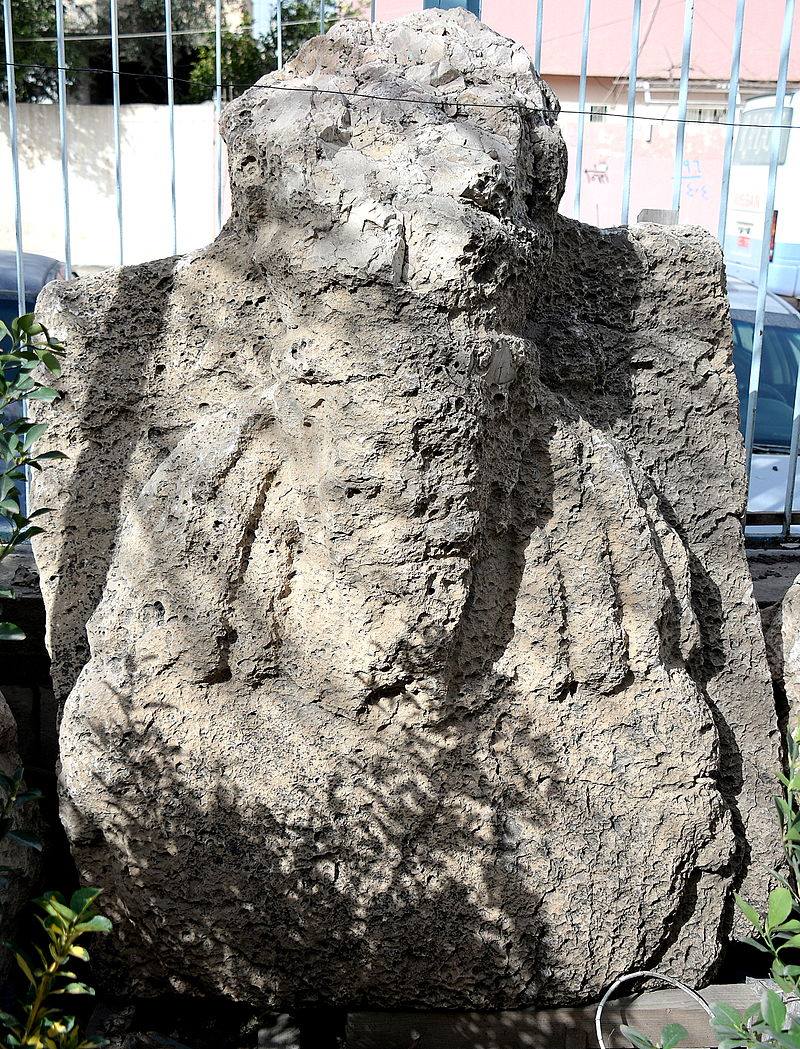
Relief bust of Sassanian King Narseh (r. 293-302 CE) from the original structure at Pāikūlī (Image Source: Shapour Suren-Pahlav) – see sketches of the original Pāikūlī structure below.
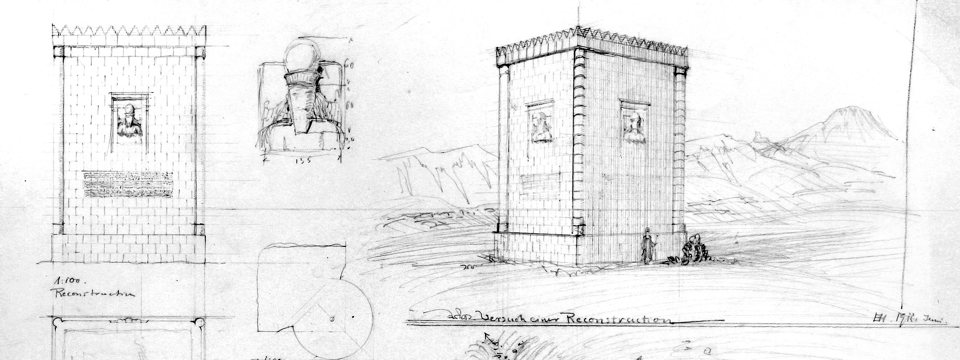
Sketches of the original Pāikūlī structure (Source: Shapour Suren-Pahlav). Note the image of king Narseh in the walls of the structure.
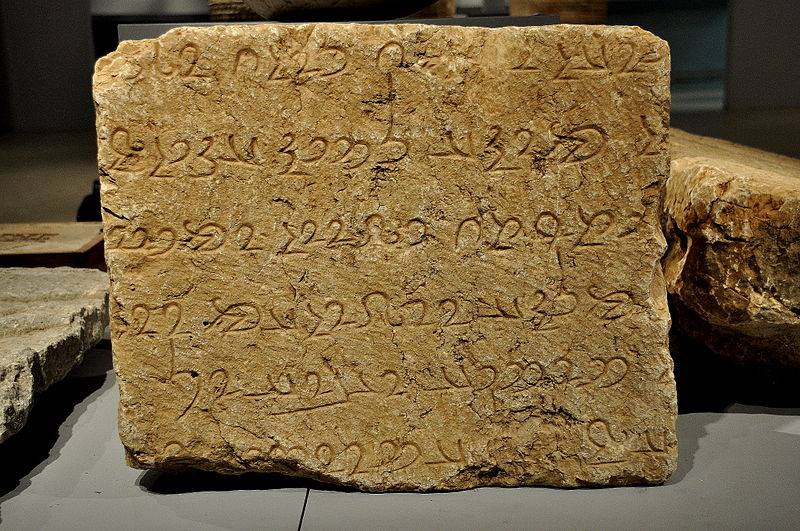
Inscription in Pahlavi from Pāikūlī (Image Source: Shapour Suren-Pahlav). The above Pāikūlī block appears as D3 in the academic publication by Dr. Helmut Humbach and Dr. Prods O. Skjaervo (The Sassanian Inscription of Paikuli: Restored text and Translation. Reichert Verlag, 1983 – discussed further below). Note that five of the above lines are intact with the sixth line damaged.
The inscription above has been coded and translated in context by Mojtaba Doroodi in consultation with Soheil Delshad – five of the lines have been thus examined (the sixth line is too damaged for proper analysis):
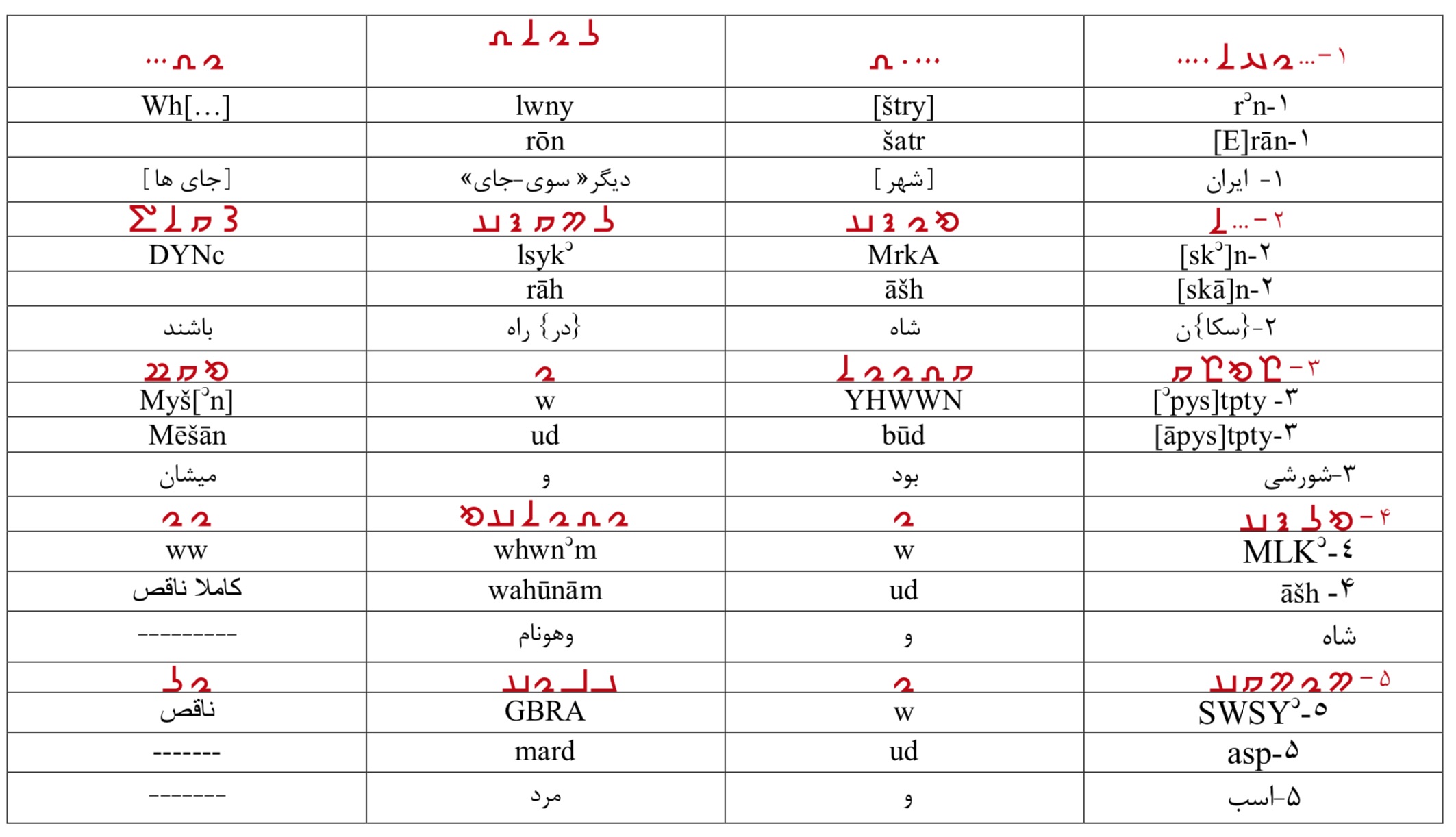
The full translation in context of the five lines is provided in New Persian below followed by the English version:

As noted by Dr. Gholamreza Karamian, the inscription examined here was first translated by the late German Iranologist Ernst Herzfeld (1879-1948) (see in Encyclopedia Iranica). Readers are referred to the most recent and most comprehensive translations in English of the Pāikūlī inscriptions made by Dr. Helmut Humbach and Dr. Prods O. Skjaervo:
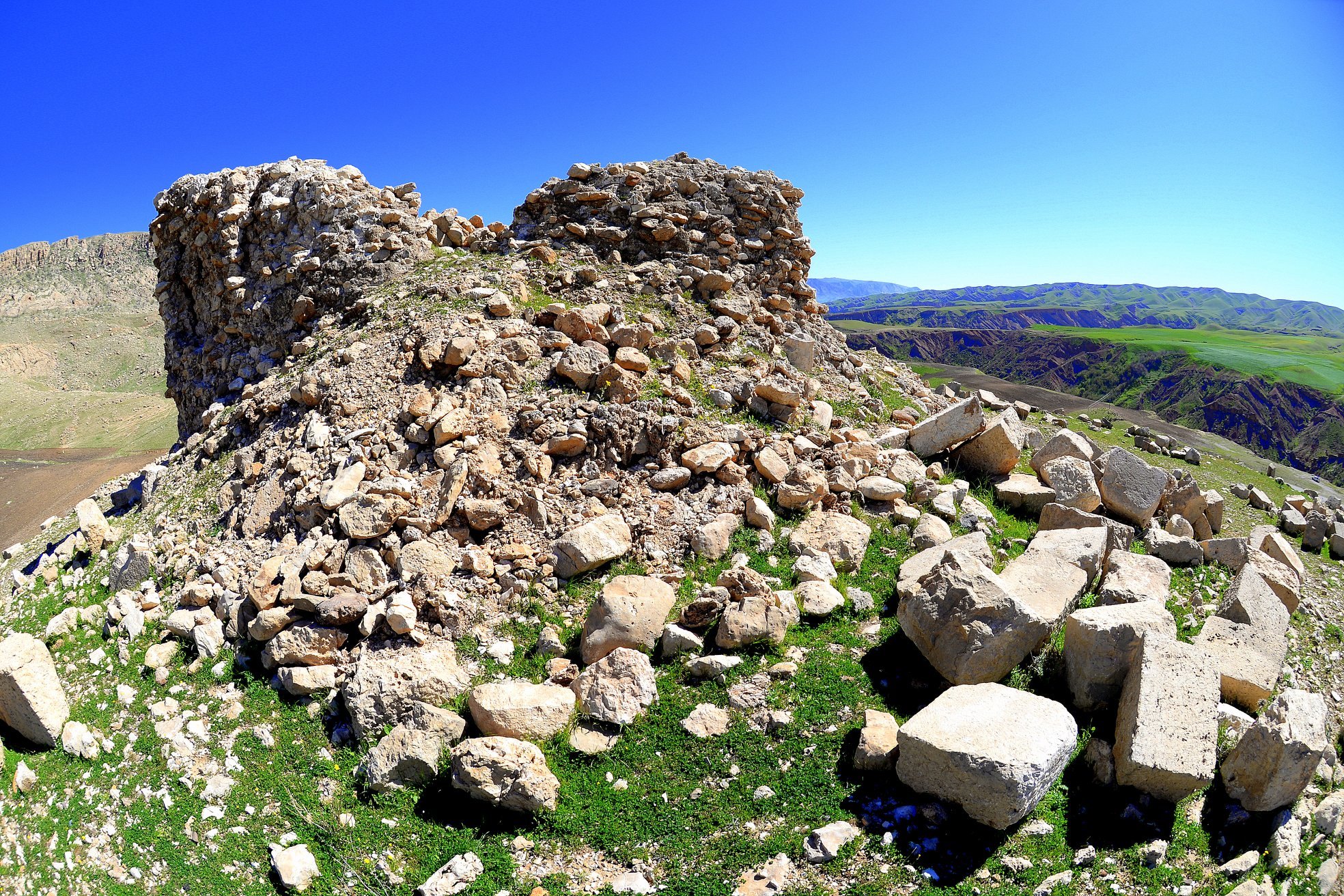
The environs of the Pāikūlī site in 2019 (Image Source: Shapour Suren-Pahlav).



